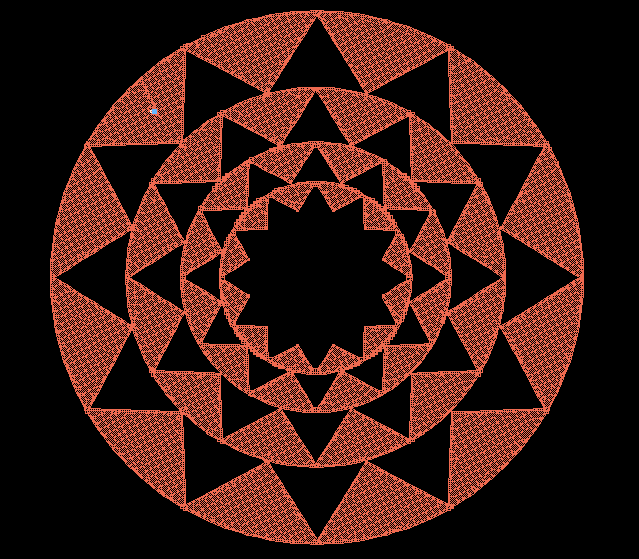Fractal Antennas for Solar Power
Published by Arun Isaac on
I was just reading up fractals for class work. Intrigued by the idea of fractal trees, I just googled for “trees fractals light gathering” and came upon this curious blog post by someone called Simon Winder. I found the ideas presented in the post very interesting, and feel compelled to add my own imagination to it. You may find the post by Simon Winder at http://impressivemachine.com/?p=202. If you are into fractals, antennas and solar power, I think it’s really worth a read.
Fractal antennas, due to their property of self similarity, have a very large bandwidth, i.e., they respond to a large frequency range. One of the primary problems with silicon based solar panels is their very narrow bandwidth, i.e., they absorb energy only from a very narrow frequency range, typically only one particular frequency. Suppose fractal antennas which can operate in the visible light region could be designed and fabricated, we could have fractal antennas on top of all buildings to absorb solar power instead of using solar panels!
Now, the idea of using fractal antennas to absorb solar energy brings very interesting pictures into my head. I just thought, what would aliens on a planet with a radio pulsar for a sun do to absorb their solar energy? Would they have huge runic fractal antenna patterns inscribed on their buildings, grounds, etc? Interesting picture, don’t you think? :-)
The attached picture is an implementation of a fractal antenna by my friend and classmate, Sravan M Baddepudi, based on the paper, “Design of fractal patch antenna for size and radar cross-section reduction” by Y. B. Thakare and Rajkumar, published in IET Microwaves, Antennas & Propagation.
